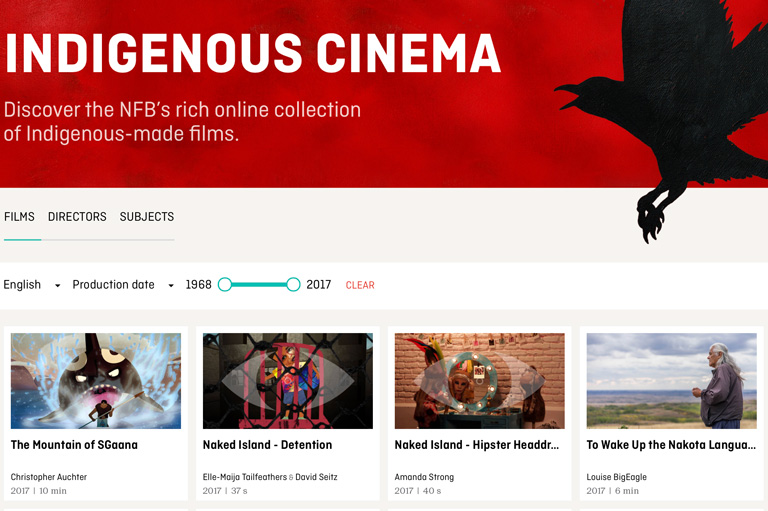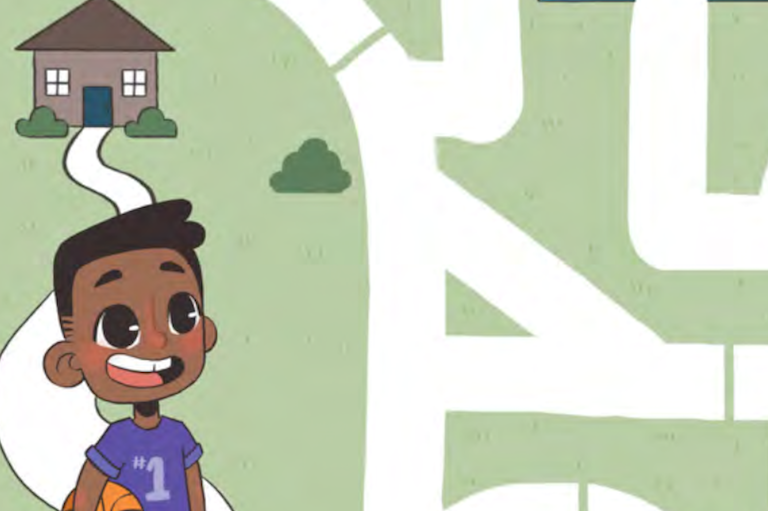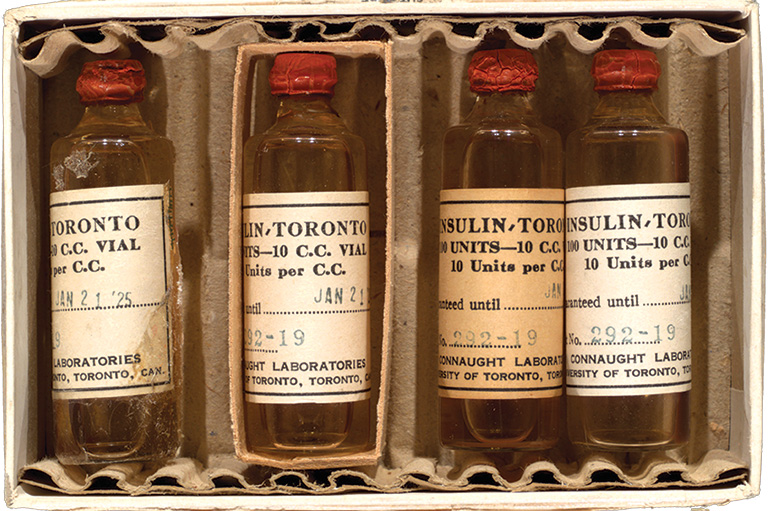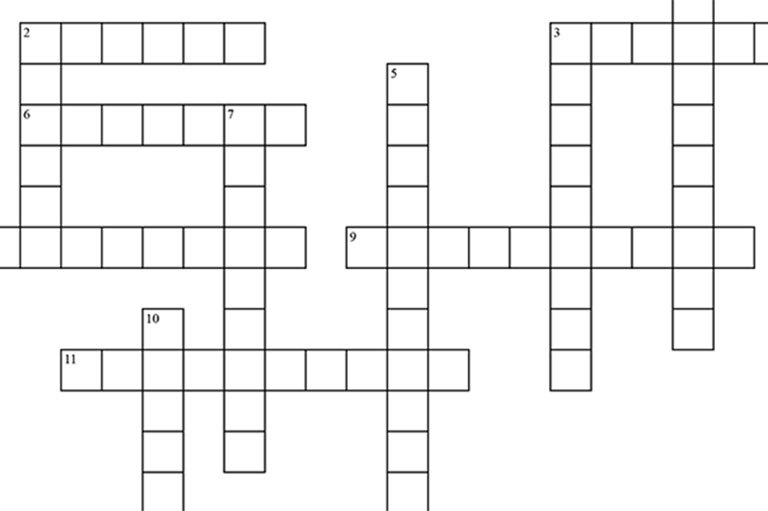The First World War in Symbols
In this activity, students will analyze a selection of primary documents from the First World War. Included in this lesson are two types of documents: excerpts from a trench newspaper that was written and printed by soldiers in the Canadian Expeditionary Force for their fellow soldiers, and documents created for the purpose of inspiring patriotism and support for the war. Each document uses different types of symbols to convey their purposes. They can be subversive messages of covert symbols known only to other soldiers who are in on the joke, or obvious symbols of national pride.
This activity is inspired by the Symbols in Canada issue of Kayak: Canada’s History Magazine for Kids.
Historical Thinking Concepts:
-
Establish historical significance
-
Use primary source evidence
-
Analyze cause and consequence
-
Take historical perspectives
Learning Outcomes:
Students will:
-
Analyze excerpts from The Listening Post and other First World War publications to discover what types of symbols were used for other soldiers and compare them to those used for non-soldiers.
-
Reflect on why there might be differences in the two types of publications.
-
Understand that there’s a strong disparity between the documents created by soldiers as they tend to be more humorous and satirical (i.e., the documents created to inspire patriotism tend to be more serious with strong connections to the idea of the British Empire).
Background Information:
The First World War is widely considered by historians to be the first modern war of the 20th century. Warfare completely changed in the First World War and saw great technological advancements that resulted in mass casualties. Canada suffered approximately 61,000 casualties during the war. For the British Empire, including former colonies like Canada and Australia, historians estimate that over 900,000 lives were lost. In total, the First World War resulted in 8.5 million casualties from wounds or diseases. Poison gas attacks were used for the first time during the war and mass shelling mutilated soldiers indiscriminately. Put simply, the Western world had not seen a war on this scale ever before.
Trench newspapers developed as a medium through which soldiers on the front could vent their thoughts and find a commonality of experience across different battalions. Much of the soldier experience was universal, though isolating. The Listening Post printed soldier-created articles, poetry, cartoons, and jokes that satirized and ridiculed the brutalities of war. Trench newspapers avoided military censorship that affected all public publications. Shrouded in humour, soldiers were able to articulate and commiserate about their shared experiences and the realities of war — which were often different than what they were told upon enlisting.
Songs were created at home and then brought to the trenches and sung by both soldiers and civilians, though with slightly different meanings. Soldiers would often supplement their own lyrics into well known tunes, co-opting the lyrics to make them more comedic or anti-war. The ulterior meanings of these adaptations were often lost on civilians who were not privy to the in-jokes of the soldiers.
Before soldiers added their own lyrics, songs were used to inspire patriotism among citizens and soldiers alike and validate Canada’s continued participation in the war.
Activity:
Activating: How will students be prepared for learning?
-
Start this lesson by having a general discussion with your students about what they know about the First World War. This can include anything from specific battles, the homefront, or technology developed in the war.
-
Students can put their answers in a K-W-L chart with a partner or a small group. They can track what they already know, what they want to know, and what they will learn.
Acquiring: What strategies facilitate learning for groups and individuals?
Provide your students with paper or digital copies of the below excerpts. You may also ask them to pull them up on an individual digital device or display them for the whole class in a highly visible area of the classroom.
Document 1: The Listening Post — No. 31 (July 1918)
With this cartoon, the idea is that it subverts expectations of what soldiers are really thinking about while on the frontlines. “As through this weary world I wander, / My thoughts shall of times be of you ; / in memory I shall see you ever– / I loved you better than you knew.” Without the cartoon, reading the text would have us thinking this soldier is thinking of a loved one. However, it's not until the third image we see he's actually daydreaming about drinking a beer and the comforts of home pre-war, where such comforts weren’t rationed and hard to come by. It speaks to a commonality that many soldiers might also share these thoughts.
Ask your students:
-
What do they think is happening in this cartoon?
-
Why might it be funny to fellow soldiers?
-
Can you relate to this cartoon? Is there something mundane that you miss/missed during quarantines and lockdowns?
Document 2: Flanders as a Health Resort, The Listening Post — No. 20 (Dec. 10, 1916)
Flanders, famous for the poem, commonly refers to the battles around Ypres Salient. These were important battles for the Canadian Expeditionary Force and were extremely bloody. The First Battle of Ypres was the first large-scale poison gas attack in modern history.
This writer is satirizing the bloody events that took place in Flanders. Lines like “if you desire fresh thrills” and “if you desire a life of primitive simplicity uncontaminated by needless and hurtful luxury” speak to the humour within this passage. The writer is taking the horrors experienced by so many in Flanders and turning it into a satirical ad for a fictional health resort.
Ask your students to do further research into the Battles of Ypre and connect historical events and details to the irony of this passage.
Document 3: Song, "It's a long, long way to Tipperary"
Written on a handkerchief, this popular wartime song was sung by soldiers and civilians alike. Images included draw on patriotic symbols, multiple British flags (reminding Canadians of the British Empire they fought for), and allied flags as well.
Ask your students:
-
What sorts of images do you notice?
-
How does this differ from content made for soldiers on the front?
Document 4: Song, #15 Canadian War Hymn (p. 8)
Ask your students to compare the tone of this song with the excerpts from The Listening Post.
-
Can you see any differences in the language used?
-
What is this song trying to evoke?
-
What was the purpose of this song?
Applying: How will students demonstrate their understanding?
-
Ask your students to reevaluate and fill in things that they learned on their K-W-L charts. Have they learned anything new? What questions do they still have?
-
Encourage your students to do further independent research into the areas they still have questions about.
Extension Activity:
Ask your students to peruse The Listening Post and Wartime Canada to find their own documents to compare and contrast. However, be sure to caution your students that they are working with primary source documents over 100 years old. They may find outdated or offensive terms or illustrations.
Resources:
- The Listening Post, database
- Wartime Canada, primary source database
- Canada and the First World War, Canadian War Museum
- “Vimy Ridge centennial: Listen to 12 songs from the Great War,” CBC
- Canadian Songs of the First World War, Canadian Encyclopedia
- Laughter in the face of death: the trench newspaper, the Wipers Times, Toronto Public Library
- Canada and the Second Battle of Ypres, Canadian Encyclopedia
Themes associated with this article
Advertisement




